Sun's spectacular 'Canyon of Fire' on Halloween stuns scientists
The Sun's massive 'canyon of fire' on Halloween, a colossal eruption of a magnetic filament, left scientists and stargazers in awe as it stretched across the southern hemisphere.
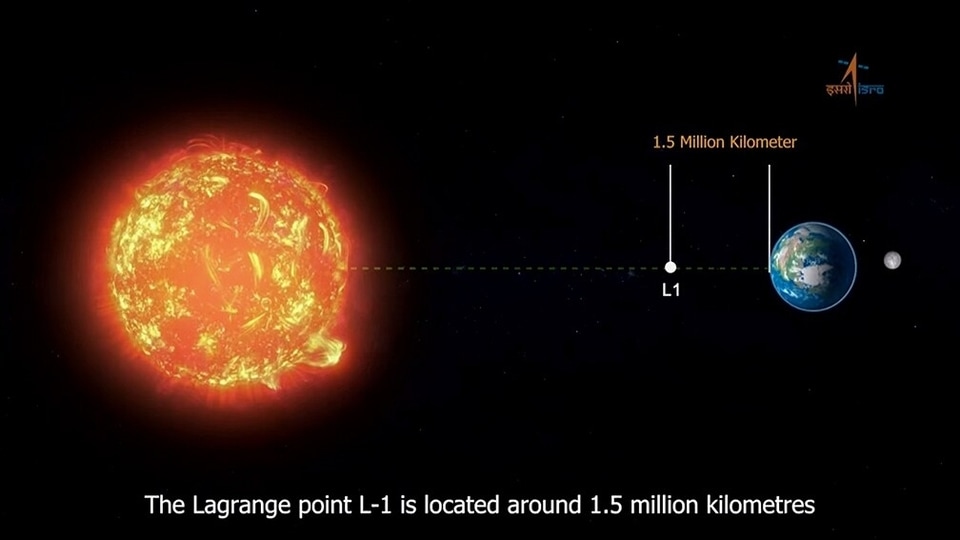
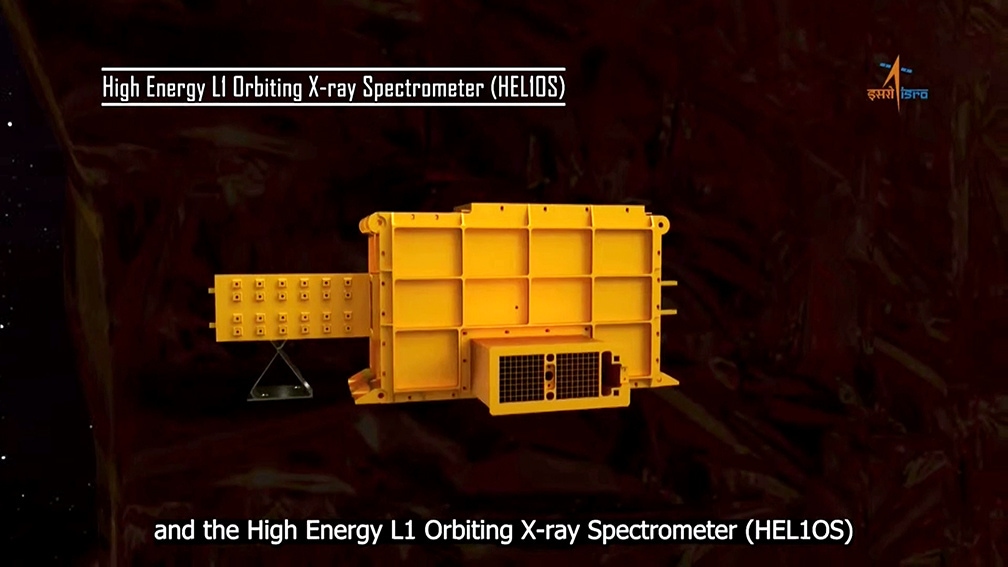
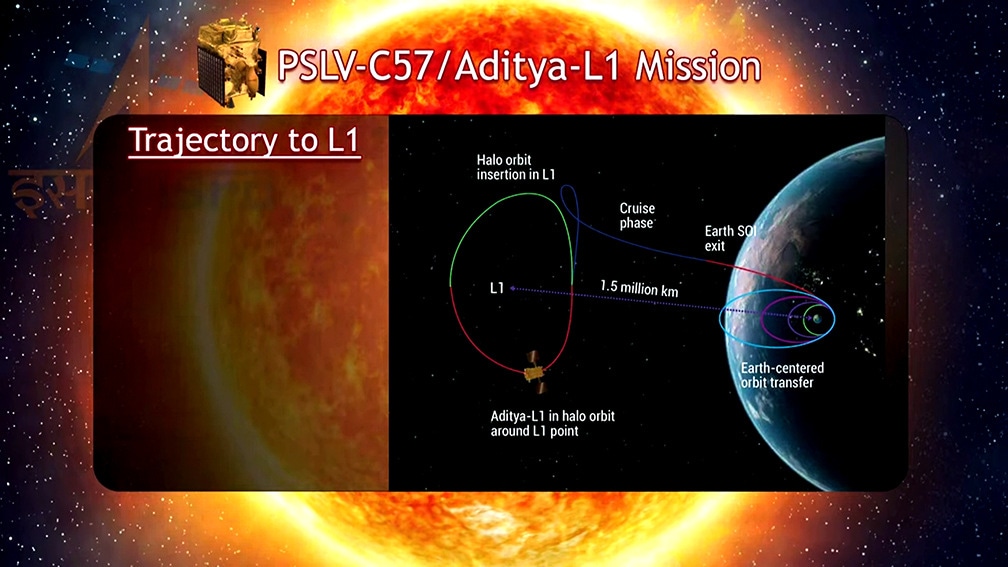
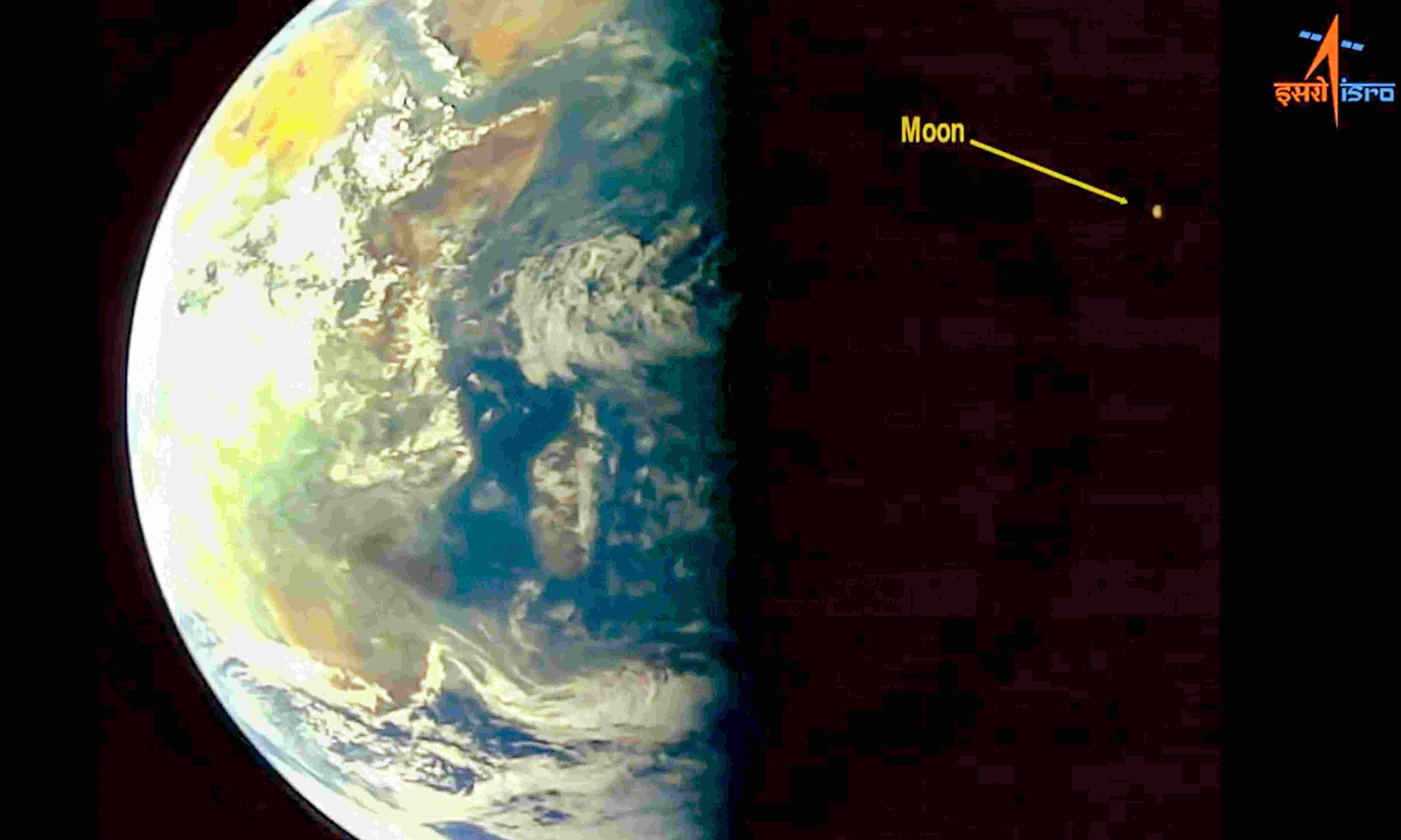
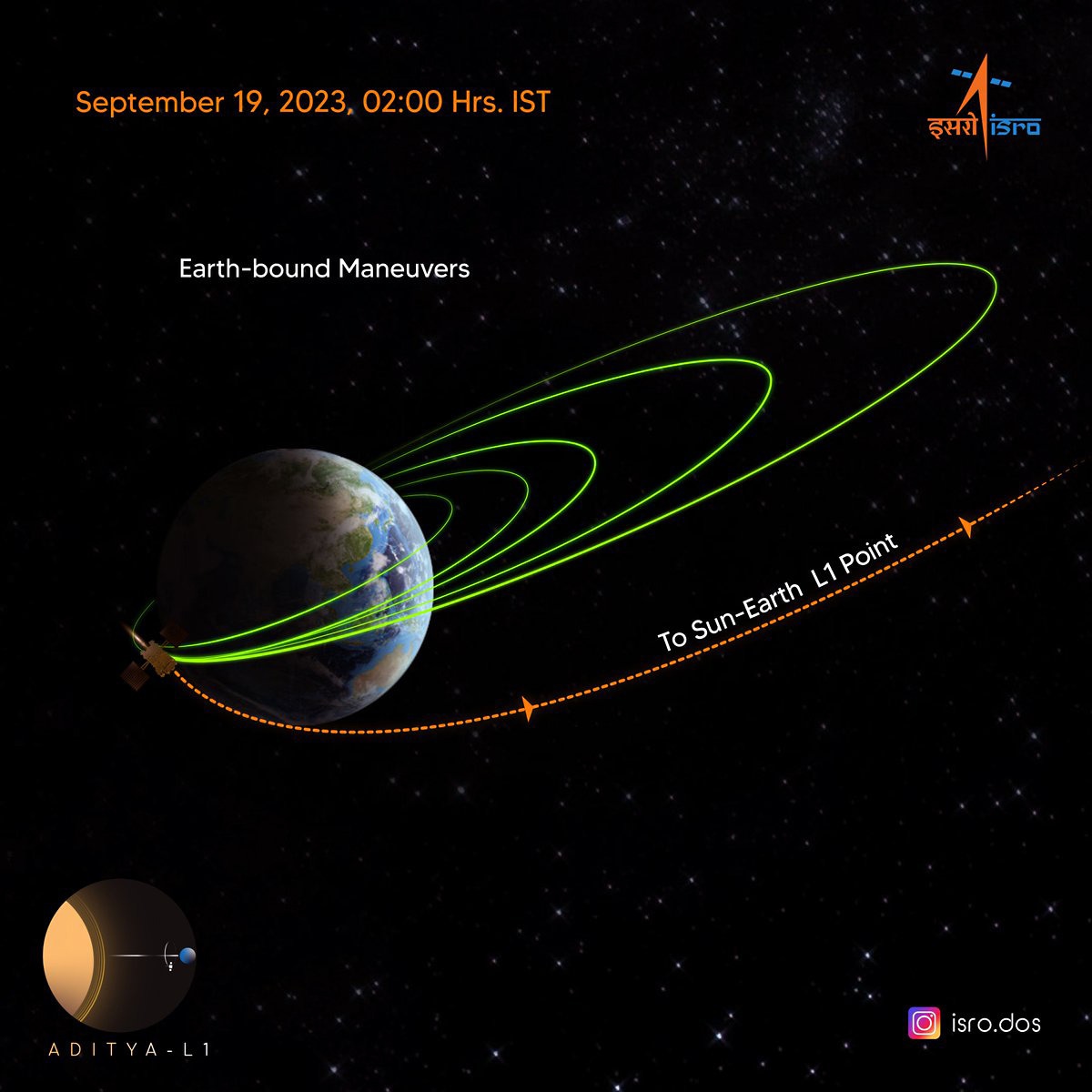
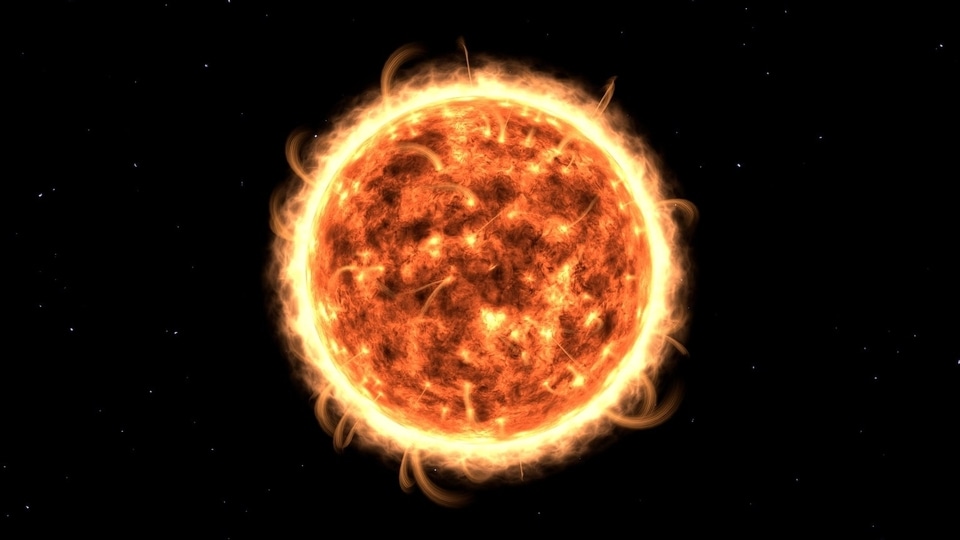
 View all Images
View all ImagesThe Sun has been acting up over the recent months and space scientists have been privy to some amazing sights. And now, yet another such spectacle has played out and this time during a festival. On October 31, Halloween took an astronomically awesome turn when the Sun threw up a colossal 'canyon of fire' stretching across its southern hemisphere. This mesmerising spectacle resulted from a massive eruption of a magnetic filament originating from our star, Spaceweather.com reported. This remarkable phenomenon quickly captured the attention of scientists and stargazers alike.
The enormous magnetic solar filaments, composed of electrified gas, known as plasma, hovered above the Sun's surface. These filaments trace their path through the Sun's atmosphere under the influence of the Sun's magnetic field. When disturbances in this magnetic field occur, these filaments become unstable, leading to extraordinary eruptions, as reported by Weatherreports.com
We are now on WhatsApp. Click to join.
A video documenting the eruption reveals the filament's gradual acceleration, culminating in a moment of instability and the awe-inspiring event that unfolded.
Earth's Brush with Solar Fireworks
This eruption also triggered a phenomenon known as a coronal mass ejection (CME). In a CME, charged plasma from the Sun's corona—the uppermost layer of its atmosphere is forcefully ejected into space. NASA's models suggest a possibility of a glancing impact with Earth, expected around November 4, as reported by spaceweather.com.
Should a portion of this coronal mass ejection head toward our planet, it could give rise to potent streams of magnetised solar wind. As these solar winds reach Earth, they may spark the creation of breathtaking auroras in the subsequent days. Auroras, also known as the aurora borealis (in the Northern Hemisphere) and the aurora australis (in the Southern Hemisphere), result from highly charged particles from the Sun colliding with Earth's upper atmosphere at astonishing speeds, reaching up to 45 million miles per hour (approximately 72 million kilometres per hour). Earth's magnetic field plays a crucial role in redirecting these particles towards the planet's north and south poles.
In a rare celestial treat, the Sun's Halloween 'canyon of fire' reminds us of the captivating and ever-changing wonders of our solar system, leaving scientists and space enthusiasts eager to witness more of these awe-inspiring events.
Catch all the Latest Tech News, Mobile News, Laptop News, Gaming news, Wearables News , How To News, also keep up with us on Whatsapp channel,Twitter, Facebook, Google News, and Instagram. For our latest videos, subscribe to our YouTube channel.
































